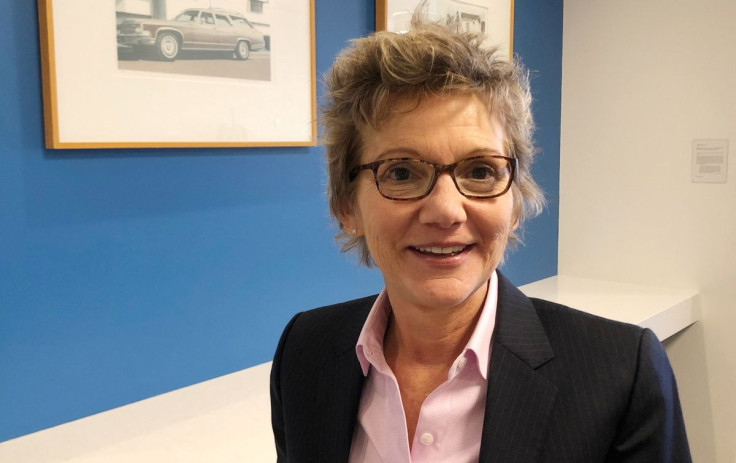Fed's Daly: Pace Of Policy Tightening Depends On Data

With the U.S. economy and the labor market doing well but inflation too high, it is "appropriate" for the Federal Reserve to begin reducing policy accommodation next month, San Francisco Federal Reserve Bank President Mary Daly said Wednesday.
After that first rate rise, Daly told the Los Angeles World Affairs Council & Town Hall, "the timing and magnitude of future funds rate and balance sheet adjustments will depend on how the economy and the data evolve."
Among data she'll be watching, she said, is the transition from pandemic COVID-19 to an endemic state; how quickly disrupted supply chains recover; how rapidly workers sidelined by COVID-19 return to the workforce; and how quickly the fiscal support that bolstered the economy's recovery from the pandemic shutdowns fades.
"We will closely watch all of these developments and let the data determine the appropriate path of policy," Daly said.
Inflation by the Fed's preferred gauge, the personal consumption expenditures (PCE) price index, rose 5.75% last year, the highest in about 40 years and more than twice the Fed's 2% goal.
As the Fed prepares for what's widely expected to be a series of rate hikes and a sharp reduction in the Fed's balance sheet to quell that inflation trend, Daly's remarks stand out as less hawkish than some of her colleagues.
Her remarks Wednesday provided one key as to why: her confidence that the Fed's ability to communicate its inflation-fighting intentions and thus shape inflation expectations will keep an upward price spiral from taking hold as it did in the 1970s.
Back then, she said, the more prices rose, the more people expected them to continue to rise, and the Fed -- as was its custom - offered little guidance on what it would do in response. The Fed would have policy meetings, but did not even announce their decisions afterwards.
That silence, she said, allowed the situation to snowball: inflation continued its rise until the Fed put in a series of steep interest rate hikes that knocked it back but also sent the economy into recession.
Since then, she said, things have changed - not just in the economy itself, but more importantly with the Fed's approach to communications. The central bank now has a 2% target for inflation and an explicit framework for adjusting policy to reach its goals; it publishes Fed policymaker forecasts, and policymakers like Daly routinely go out and give speeches about their views.
That transparency, she said, has locked down inflation expectations despite the current rise in actual inflation, potentially reducing the need for the kind of aggressive action needed decades ago.
"Greater transparency and a strong commitment to achieving our goals assures Americans that periods of high inflation or unemployment will not last forever; that there is an end in sight."
© Copyright Thomson Reuters 2024. All rights reserved.




















